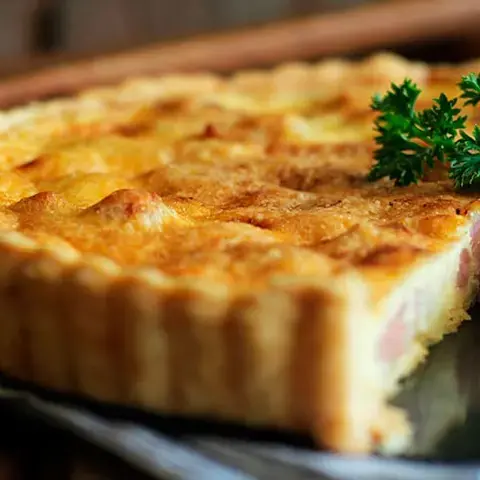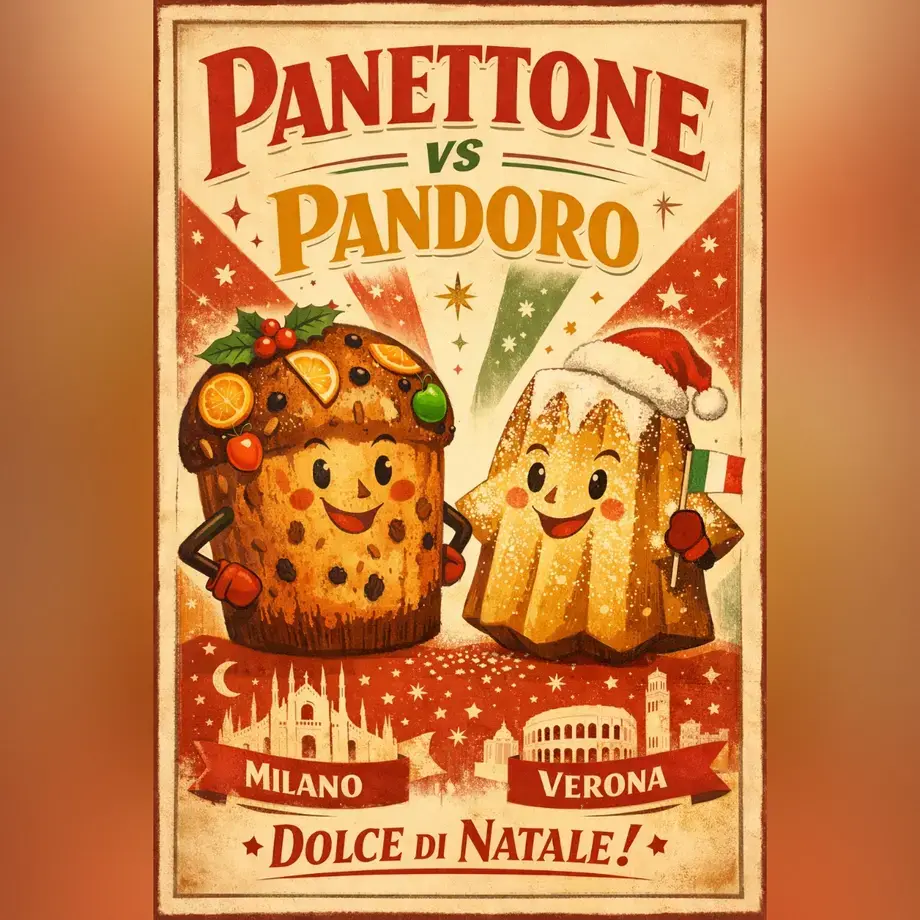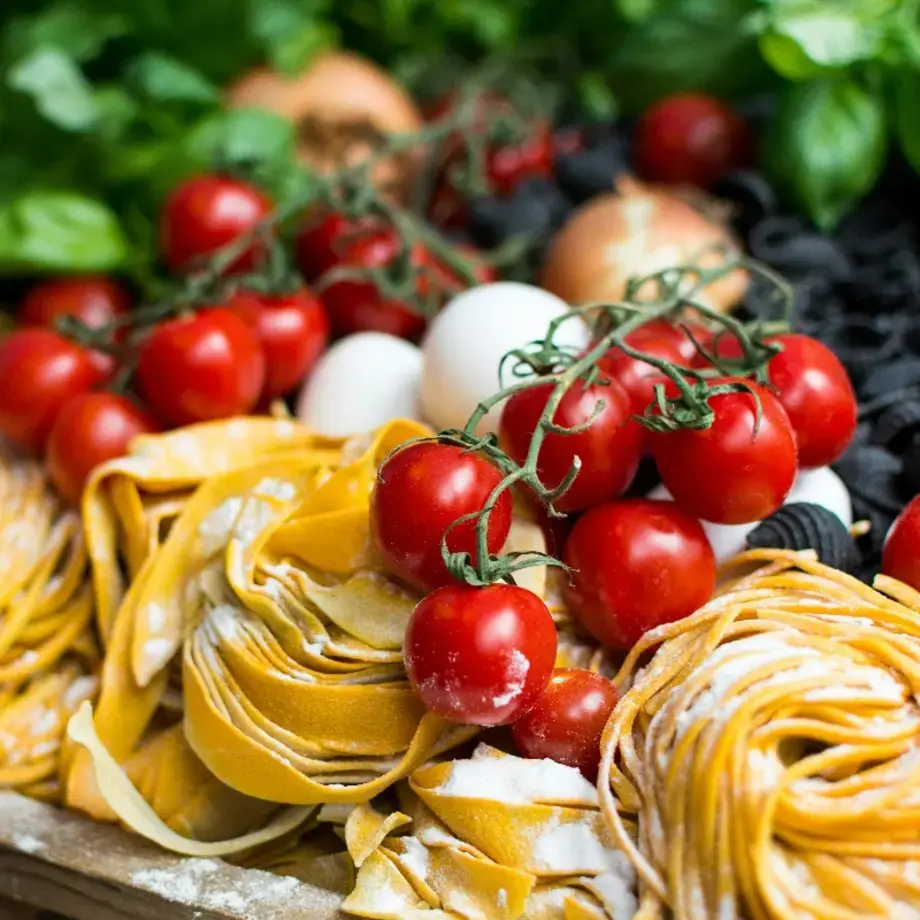The history of Italian zeppole
The Feast of Saint Joseph began as a thanksgiving celebration for the saint allegedly having saved the island of Sicily from a drought at some point during the 10th century and was declared an official Catholic holiday in 1479. This led to Joseph being named “patron saint of pastry chefs,” which is what I think I’d like to be named, if I am ever canonised (it’s a sweeter deal than Saint Crispin, patron saint of cobblers). But deep-frying, because it used so much oil, was not cost-effective and was not regularly done until much later, so zeppole are a newer addition to the March 19 celebrations. Some cite the convent of Santa Patrizia in Naples as having first made zeppole (a baked version, rather than deep-fried), back in the 16th century. But everyone seems to agree that it was made popular by Pasquale Pintauro, a 19th century baker in Naples, who set up a cart on the street every March 19 to sell to celebrating pedestrians. Pasquale, we salute you.
How to make zeppole
Now, I’m not very good with pastry or with deep-frying. I am guaranteed to spray hot oil all over the room, sneeze at an inopportune moment to send a snowfall of powder sugar onto the dog, and otherwise make a mess of things. I avoid making pastries and avoid deep-frying. Though you can bake zeppole, the hardcore version is fried. It was inevitable that I would shower the kitchen with projectile ingredients when trying my hand at it. And the prophecy came true.
Zeppole ingredients
- 1 cup flour
- 2 ¼ tsp baking soda
- ¼ cup sugar
- 1 cup ricotta
- 1 tsp vanilla extract
- 2 eggs, well beaten
- Icing sugar – garnish
- Vegetable oil – deep frying
Zeppole recipe
- Heat the frying oil over a medium flame
- Combine all the dry ingredients in a bowl.
- Add the eggs, ricotta and vanilla extract and mix thoroughly to a thick batter.
- When the oil is hot, begin frying in batches of 3 or 4 zeppole about 1 tbsp in size.
- Fry for roughly 3 minutes until evenly browned on all sides.
- Strain your zeppole on a paper towel and sprinkle with icing sugar.
My boiling water, salt, sugar and butter (slightly) overflowed and stuck to the pot, despite recipes with a specific warning not to let it boil over and that it might stick to the pot. The flour went in smoothly (both into the pot and onto the cooktop), but my beating in of the eggs resulted in clumps of gooey-ness shimmying around the workspace, dropping to the hob and scorching onto it. I’m impatient and didn’t let it cool enough before pouring it into a pastry bag, and (slightly) burned myself. The hot oil into which I squeezed out the pastry sputtered all around. I managed to undercook or overcook the pastry in the hot oil, then had it boiling too forcefully so the pastry explodes. But the few that came out right, topped with ricotta and chocolate chips, still hot and greasy, were totally killer. Still, all in all, I’d rather let Pasquale make one for me.
But if you are brave or more adept with the deep fryer than me, here are a few more zeppole tips and tricks that would make Pasquale proud. The best oil for frying the pastries is a neutral oil with high smoke point: vegetable oil, peanut oil, or canola oil would all do the trick. If you want to avoid oil altogether, you can actually bake zeppole following a method similar to the one you would use for baking doughnuts.
Zeppole varieties
If you want to make your zeppole even more indulgent, additional topping ideas are custard, cinnamon sugar or candied fruit. Some are filled with ricotta mixed with small pieces of chocolate. Zeppole can also be savoury and are sometimes filled with anchovy in parts of Calabria, where they are known as sfinge.
So, happy Saint Joseph’s Day. Now I’m off to hose down my kitchen…
Discover Naples Cuisine and the Italian Zeppole Recipe.















